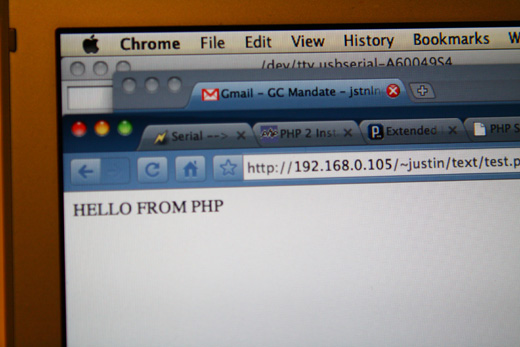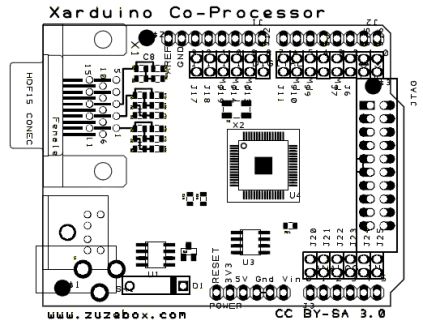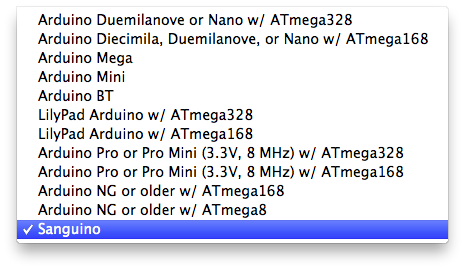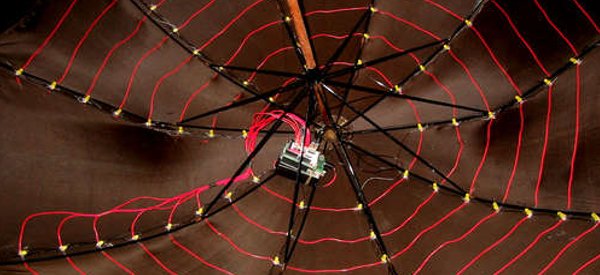MORE ARDUINO + LCD + PHP FUN
– February 11th, 2010


A step by step guide to have your arduino receiving (and displaying) php (via processing).
Also a nice bibliography of the project. Thanks Justin!
Also a nice bibliography of the project. Thanks Justin!
Annotated bibliography for the last couple of weeks:
http://dorkbotpdx.org/blog/kmat/serial_lcd (serial –> LCD … this is making more sense now, using case breaks to look for specific characters to insert a function, such as starting a new line)
http://blog.datasingularity.com/?p=50 (control arduino through html)
http://stackoverflow.com/questions/899098/arduino-serial-reading (arduino serial reading)
http://www.ipipi.com/ContactUs.do (potential sms forwarding to email option)
http://www.ipipi.com/help/ipipi_in_out.htm (this is what I would need to receive messages, not as simple as a number, but maybe the best way to avoid having to get another phone number, I should also ask about a potential shortcode)
http://docs.upsidewireless.com/index.php?title=MO_HTTP (notes on how to bring sms messages into an application using HTTP POST)
http://www.upsidewireless.com/how_virtual_sms_works.htm (this is the kind of service I’ll need for this project … SMS messages forwarded to email or accessible through HTTP requests … with the possibility of getting a Windsor-based number AKA longcode)
http://www.mydarkmaterials.co.uk/2008/11/interfacing-php-with-the-arduino/(this is an example of interfacing PHP Serial with Arduino, and I suspect old enough that many of the problems the author ran into aren’t there any longer … maybe it’s been silly of me to ignore PHP … I actually have a decent idea of what I’m doing there)
http://www.procata.com/blog/archives/2007/10/28/working-with-php-5-in-mac-os-x-105/ (helpful to get PHP running properly on 10.6)
http://opensourceprojects-torchris.blogspot.com/2009/09/arduino-pop3-email-checker.html (maybe or maybe not useful in some capacity, using arduino to check email)
http://www.arduino.cc/playground/Learning/SparkFunSerLCD (serial commands)
http://www.arduino.cc/cgi-bin/yabb2/YaBB.pl?action=print;num=1192470251(word wrapping in Arduino)
http://www.arduino.cc/cgi-bin/yabb2/YaBB.pl?num=1252901403/4 (word wrapping more)
via [brockencitylab]

DON'T WALK! CONTROLLING A PEDESTRIAN SIGN WITH AN ARDUINO
– February 9th, 2010
From Ben Shiriff: My latest project is controlling a pedestrian sign with an Arduino, so it will automatically step through the states of walk, flashing don’t walk, and solid don’t walk. In addition, I added infrared remote control support so I can use a remote control to turn the sign on and off, set it to a particular state, or start the cycle.
via [ARCfn.com]

XARDUINO – A 400-MIPS CO-PROCESSOR FOR ARDUINO
– February 9th, 2010

“The XArduino board provides Arduino applications with a 400 MIP’s multi-threaded 32-bit co-processor, as well as providing a VGA video output and PS/2 keyboard/mouse input for Arduino application.
It features a standard XTAG-2 to for programming and debugging. In addition the XTAG-2 interface will allow for XK-1 boards to access the VGA and PS/2 interfaces as well as way of connecting standard Arduino shields.”
via [zuzebox]

MINIMAL LED MATRIX
– February 8th, 2010
ARDUINO PACKAGE FOR EAGLE
– February 8th, 2010
ARDUINO + PROCESSING : ANALOGUE BAR GRAPH
– February 8th, 2010

“Here is a pic of the bar graph I made to display the Arduino’s analogue inputs.”
Coded ready, via [boolscott]
IMPROVED SUPPORT FOR THIRD-PARTY HARDWARE IN ARDUINO 0018
– February 7th, 2010

Given the increasing numbers of boards and microcontrollers to which people have ported the Arduino core libraries, we wanted to make it easier to add third-party hardware to the Arduino development environment. The recently released Arduino 0018 (download) adds support for the installation of contributed cores and board definitions within the Arduino sketchbook folder. This saves you from having to dig around within the Arduino application as was required in previous versions and also ensures that the boards will remain when you upgrade to newer Arduino releases.
To install, simply place the third-party hardware folder in a sub-folder of the “hardware” folder of your sketchbook folder (see the instructions on the environment page). When you relaunch Arduino, the new boards will automatically appear in your Tools > Board menu and code will compile using their custom core libraries. To put together an installable platform for a particular hardware configuration, see the platforms page in the Arduino Google Code project.
This support isn’t perfect yet, but we hope it will make it easier to work with other hardware from within the Arduino development environment. If you have suggestions, please send them to the developers mailing list or post them in theGoogle Code issues list.
ARDUINO WEATHER STATION RECEIVER SHIELD
– February 6th, 2010

Based entirely on the Practical Arduino Weather Station Receiver project, I have created my first arduino shield.
I have a BIOS/Thermor DG950R weather station (purchased from Jaycar), and whilst the Practical Arduino project sketch is for a La Crosse weather station, I have rewritten the Practical Arduino code to receive, decode and output the weather information from the DG950R. This allows me to capture the data, and store in a database.
Once I have finished fine tuning the sketch for the DG950R, I will upload it for all to see.
- High resolution image
- Practical Arduino Weather Station Receiver
- Thermor DG950 Wireless Home Weather Station Reviewed
via Kanio.net
GALATEA, ROBOT PROGRAMMED VIA ARDUINO
– February 6th, 2010
nice post from Davide Cuartielles on the Arduino Blog about Galatea project byFrancisco Javier Suvires.
here is galatea bolg (spanish)

















0 comentarios:
Publicar un comentario